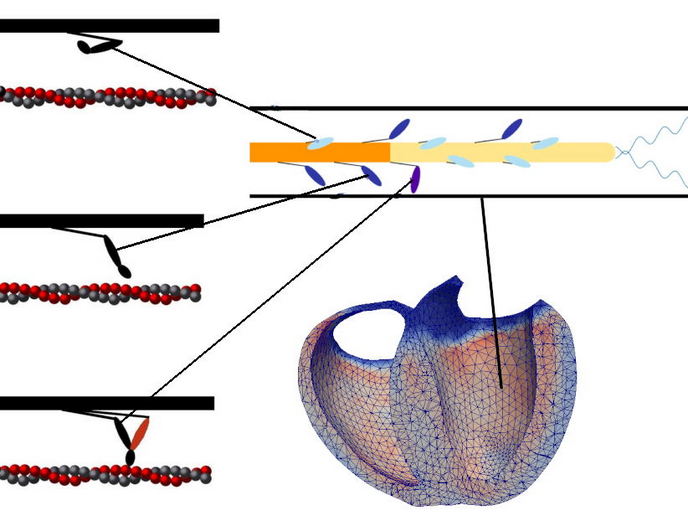Neuronal control of the sleep/wake cycle
Even though the alternating states of waking and sleep are ubiquitous in the animal world, little is known about regulation mechanisms and their purpose. The SEROTONINSLEEP (Serotonergic regulation of sleep related neural circuit) project has studied how the neuropeptides serotonin and hypocretin interact in the sleep cycle. The researchers looked at the optomotor response (OMR) that serves as a stabiliser for movement in a straight line. By measuring swimming behaviour in relation to mono- and binocular motion they established new tools for interpretation of large-scale neural data and identification of related brain regions. Use in studies on complementary behaviours and neural systems can then be applied to sleeping and wakefulness research. Data on movement analysis and modelling led to the development of algorithms for guiding eye and direction specific locomotion. Swim bout frequency and change in direction were modulated independently. This suggests separate but overlapping information channels for egocentric movement patterns. To chart the whole neural circuit, the scientists used whole-brain and targeted two-photon calcium imaging as well as cluster analysis of neural response classes. Observations imply that there is a specific dendritic tree responsible for sending sensory data to the circuit. The subsequent movement instructions are then processed in specific premotor areas. Investigation of the OMR promises to provide a platform for the analysis of other stimulus-action relationships. The resulting framework could provide a strong foundation for how sleep, wakefulness, and pharmacology can affect neural activity and behaviour within the vertebrate brain. Publications arising from the SEROTONINSLEEP include papers in Nature Methods, Neuron, eLife and Cell.







